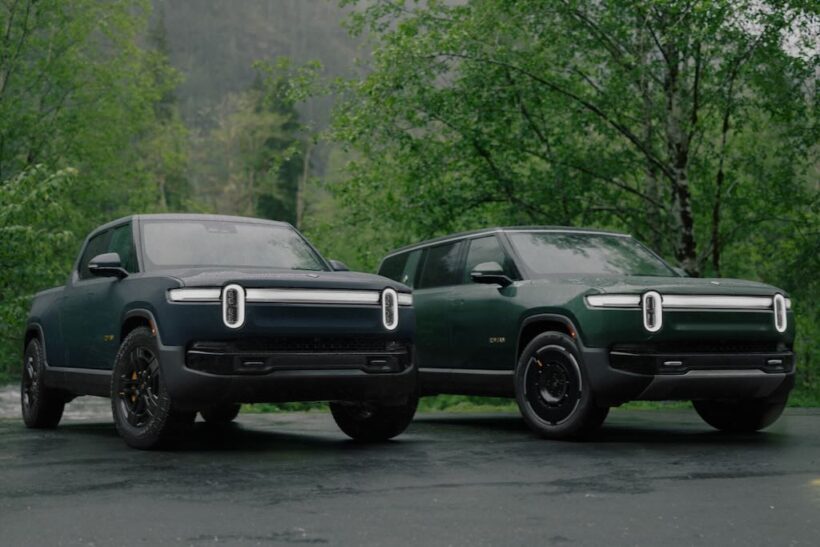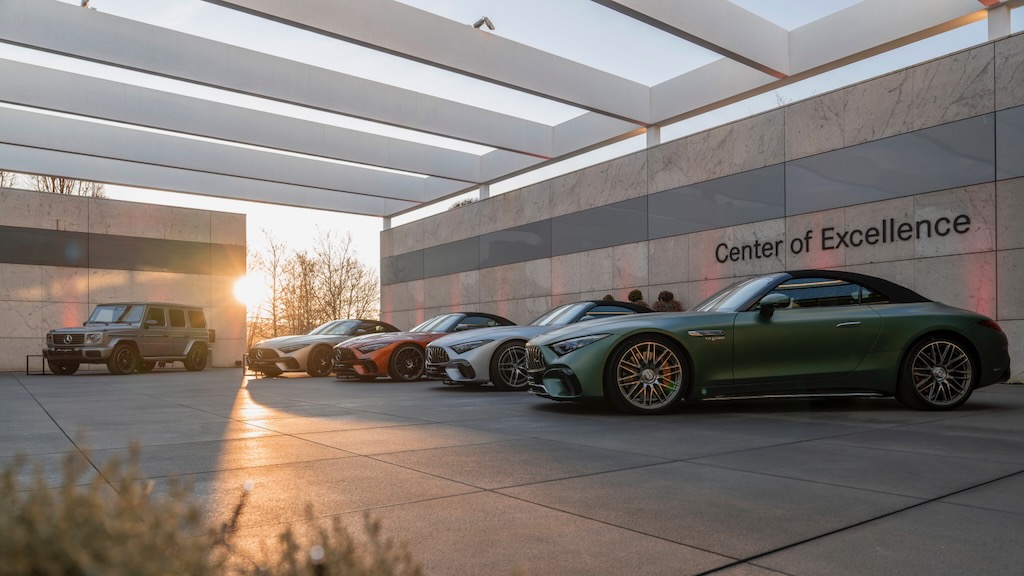When the Rivian R1T launched in 2021, it was released into an open pasture of potential. Ford’s F-150 Lightning was still a few months out, and while Tesla’s Cybertruck had been making headlines since 2019, it still had a couple years of delays before finally stumbling into production in 2023.
Today, Ford’s now selling over 3,000 Lightnings per month, about three times the volume of Cybertrucks Tesla can currently move. That leaves Rivian in a challenging position: It has competition now. Serious competition that, at least in the case of Tesla, is all over everyone’s For You page thanks to its in-your-face styling.

Minor Exterior Tweaks
Rivian is responding by re-engineering its initial luxury offerings: the R1T truck (starting at $69,900) and its follow-on SUV, the R1S (starting at $75,900). But, curiously, the company has decided to make virtually no styling changes beyond a few new wheel designs. What you see here are two new cars that, inside and out, look identical to what came before.
“We love the face, the identity that we’ve created. We don’t have any intention of moving away from that,” Jeff Hammoud, Rivian’s chief design officer, said at the launch event, referencing the vertical headlight treatment that will live on in the company’s future R2 and R3 products, more-affordable models due out in a few years. “It’s really hard to come up with something that is simple, easy to describe, and iconic, and we’re happy to have it, and we don’t want to walk away from that.”
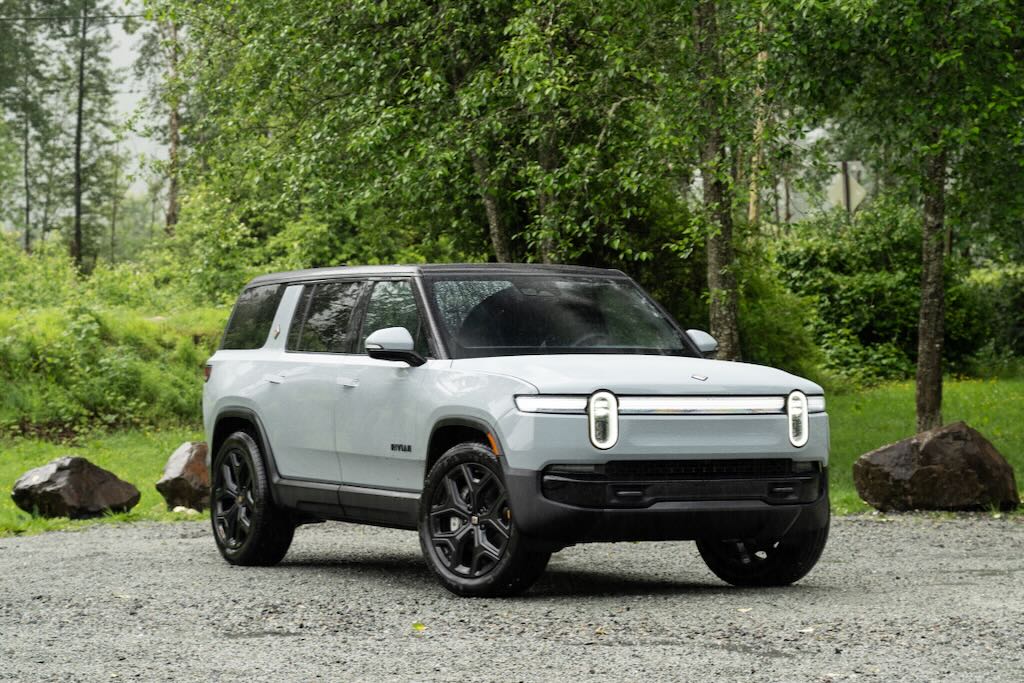
But in the premium EV game, standing still is a risky move. These new vehicles are so similar to the old ones that Rivian officials drove pre-production R1T and R1S around in public without a hint of the garish, shape-hiding vinyl camouflage that’s typically applied to concepts.

Bigger Software Updates
Even on the inside, the interior is virtually unchanged. Thankfully, the software running in there has been thoroughly rebooted and given a curiously cartoony look and feel.
“You’re sitting inside the vehicle. Do you really need an exact replica of the vehicle you’re sitting inside of? Or, is this scenario we could have a little bit more fun?” Hammoud said.
For the second-generation cars, “fun” means a distinctive and charming cel-shaded look and feel. The cartoonish vibe is unlike anything else found in car dashboards today. Other subtle interior tweaks include support for Dolby Atmos-encoded music, which creates an amazing, 3D effect when paired with Rivian’s upgraded premium sound system.
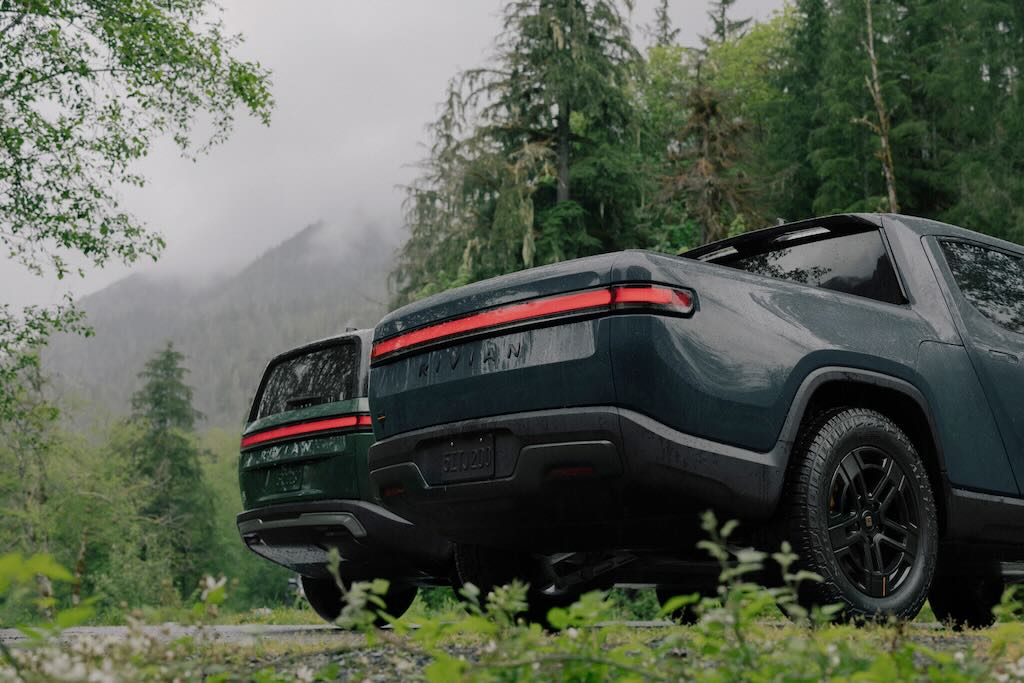
It’s on-par with the high-end Atmos-compatible systems from Mercedes-Benz, but I have a feeling people will be more excited about what’s new beneath the skin.
Huge Power Boosts
The new, top-tier R1T and R1S feature an upgraded four-motor setup. (Prices have not been announced yet.) How upgraded? Try top-end models with 1,025 horsepower, or 180 more than the most potent Cybertruck, plus 1,198 pound-feet of torque. That’s enough to rocket this 7,000-plus pound EV truck to 60 mph from a standstill in less than 2.5 seconds. It can run the quarter mile in 10.5 seconds, making it the quickest production EV truck on the planet.
It’s also the EV truck with the longest range, up to 420 miles on a charge if you pick the right options in Rivian’s configurator.
But four motors have other benefits, too, enabling more precise application of power when off-roading. To help bolster that, Rivian gutted all the circuitry in the new R1T and R1S, removing 1.6 miles of wiring harness, which alone saved 44 pounds in weight.
Growing Sales
Rivian’s engineers also drastically reduced the number of onboard computer processors, simplifying the truck’s overall architecture. This not only saves weight and reduces cost, but it also makes manufacturing easier and should result in better repairability.
These are all good things when you’re a startup like Rivian. The company’s sales and production are continuing to grow. It churned out 13,980 vehicles and sold 13,588 in Q1 of 2024, up from 9,395 and 7,946, respectively, in the same period the year before.
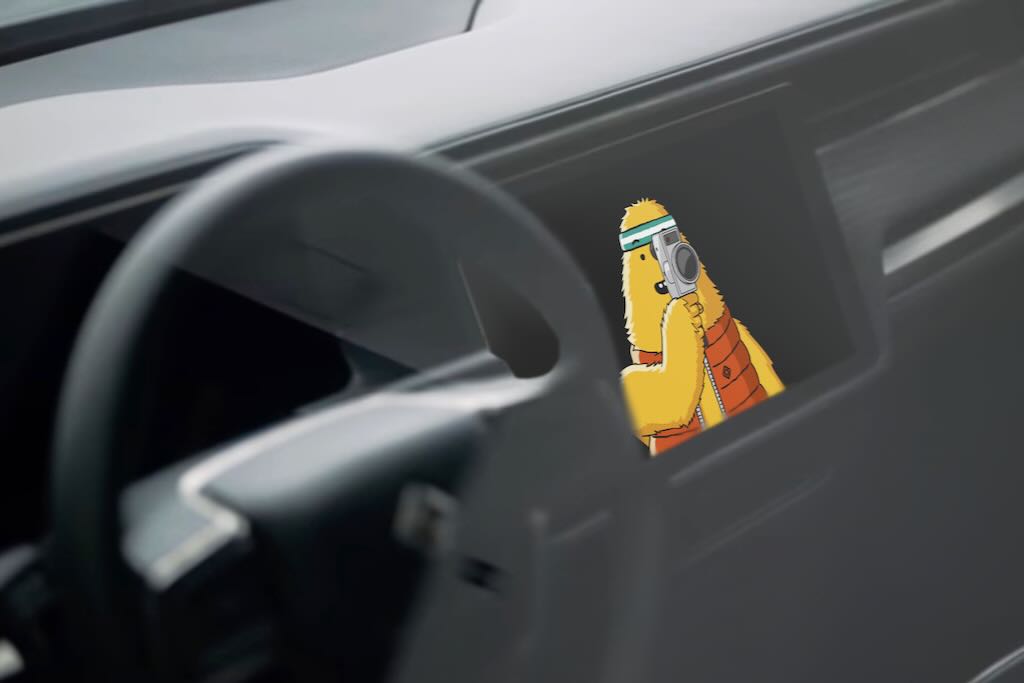
Those numbers should get a big boost when the company’s more affordable R2 and R3 SUVs appear in a couple of years. These upgrades to the R1T and R1S will need to keep Rivian moving until then.
A Substantially New Driving Experience
Are they good enough to do that? They might just be. I spent a rainy, muddy day outside of Seattle jumping between flavors of the R1T and R1S. Despite the deja vu styling, I walked away with a notebook full of fresh impressions, just like I’d gather from a new vehicle.

On-road, Rivian has retooled the suspension in the R1S. The initial version of the company’s first SUV was great to look at and incredibly capable off-road, but on-road, it just felt a little awkward.
When in Sport mode, the adaptive suspension of the original model felt harsh and rough. But, in Comfort mode, the opposite problem was true, with the truck just seeming to constantly float and bob, the sort of thing that caused instant nausea in otherwise iron-stomached rear-seat passengers.
Neither of those feelings jibed with the otherwise premium look and feel of the SUV, and I’m happy to say that the revised suspension is a major step forward. While it maintains the rugged feel that you want from a machine that’s this good in inclement terrain, on-road, it’s far more satisfying and less punishing to drive.
The R1S is quick, too, as are all the new R1 models. While the quad-motor flavor is the biggest story, even the base two-motor makes a generous 533 horsepower, enough to get to 60 in only 4.5 seconds. That’s just a few tenths slower than a Porsche 911 Carrera T.
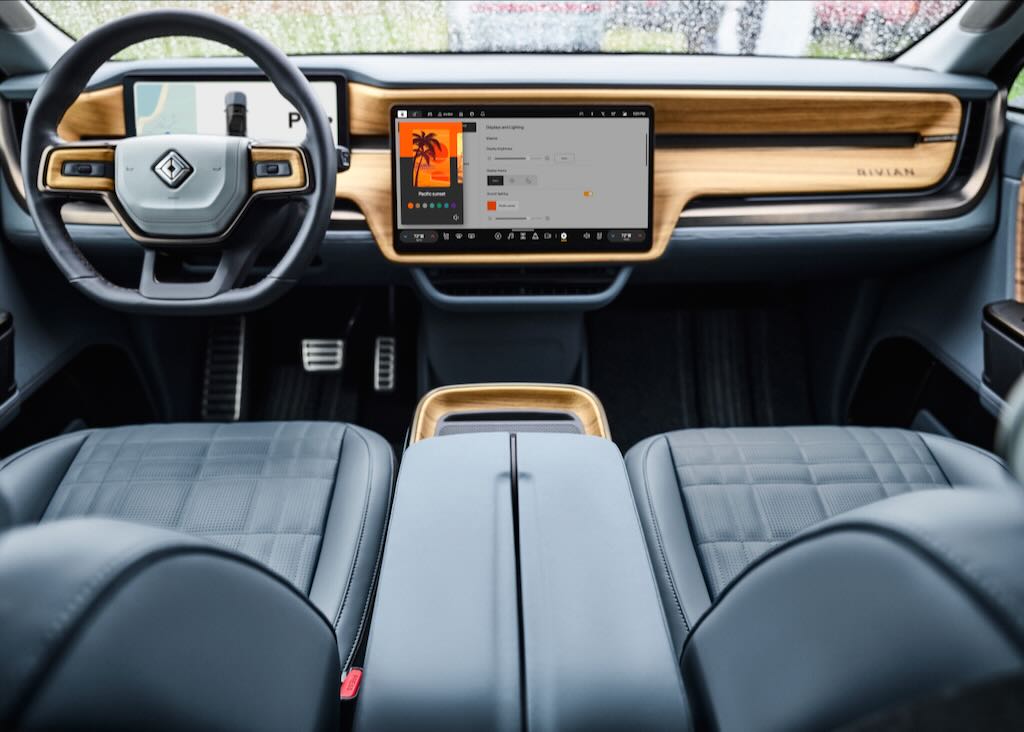
And off-road, Rivian’s machines continue to be all-conquering. I wheeled a base-spec, dual-motor R1T through some thigh-deep water and ruts broad enough to swallow a lesser truck whole. It came through the other side filthy but otherwise unaffected.
While much of this performance is inherent in the truck’s design, its off-road prowess has been further upgraded thanks to that new, simplified control system. With better, faster systems onboard, the software can react more quickly to things like wheelspin, keeping everything moving more smoothly.
It was even a blast on a short rallycross track, a smooth, flat stretch of gravel where I was allowed to turn off the traction control and have at it. The R1S proved incredibly willing to kick its tail out, sending up a huge rooster-tail of mud behind and planting an even bigger grin on my face.
Stealth Revamps
I must say I’m a little disappointed that Rivian didn’t at least make some token design tweak to differentiate its new rigs. As it stands, a few new wheel options are the only thing that you might be able to spot at a distance. For a premium truck and SUV, that does feel a bit lazy, but when you’re a lean startup, sometimes it pays to put your money where it counts, and performance is always key.
The revisions here don’t change the fundamental character of either the R1T or R1S. Still, they do raise the bar just enough to keep them competitive in a space that’s only going to get more crowded over the next few years.

